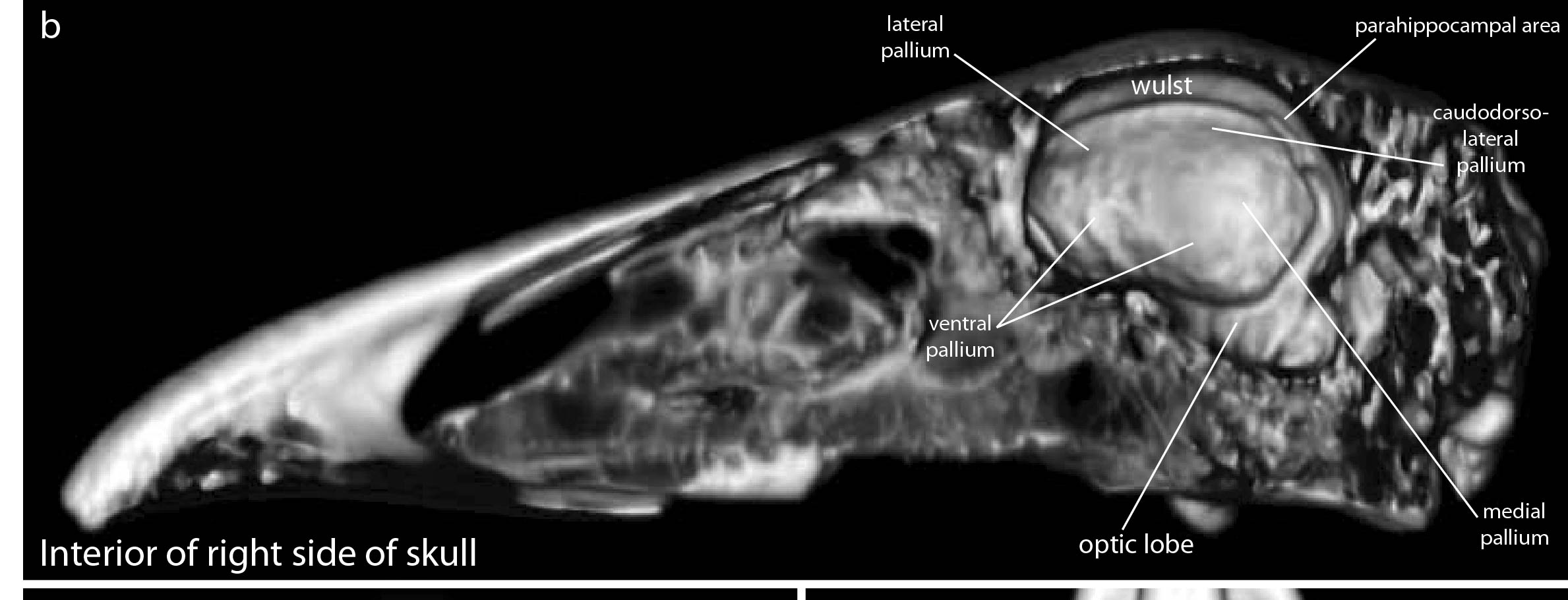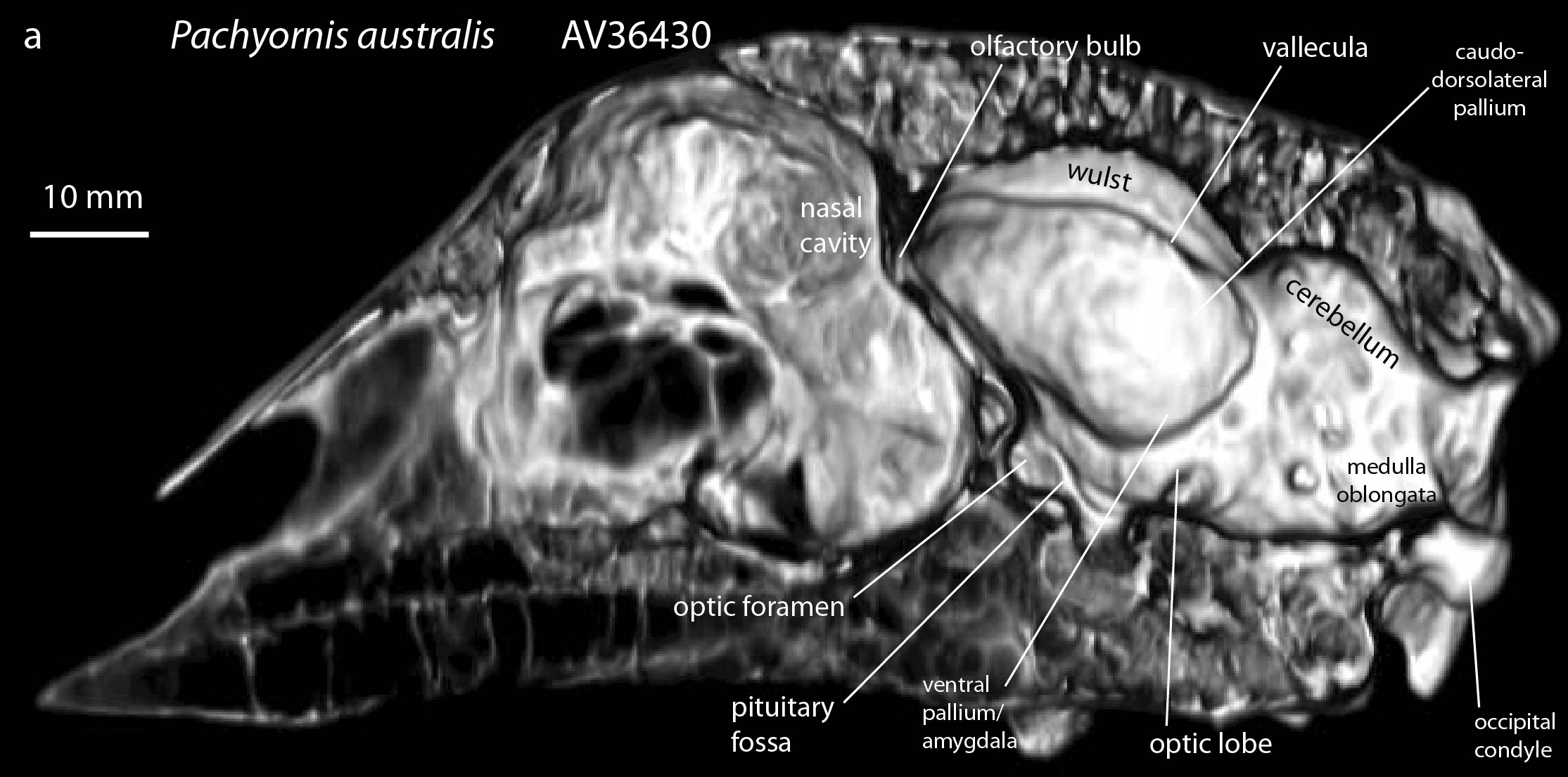Moas
The Moa are a group of extinct flightless birds endemic to New Zealand. There are nine species of Moa (in six genera). They belong to the order Dinornithiformes, and were traditionally placed in the ratite group. Their closest living relatives based on genetic studies are the flighted South American Tinamous, that were once considered to be a sister group to the ratities (Phillips et al. 2010). The two largest species, Dinornis robustus and Dinornis novaezelandiae, were approximately 3.6 m (12 ft) tall with the neck outstretched, and weighed approximately 230 kg (510 lb. The smallest Moa is , the bush moa, and was around the size of a turkey. When the Polynesians settled in New Zealand circa 1300, estimates of the Moa population vary between 58,000 and approximately 2.5 million. Moas were the largest terrestrial animals in New Zealand and lived in forest, shrubland and subalpine environment. Their only predator was the Haast’s eagle and then were hunted to their extinction when the Maori arrived in New Zealand. They are thought to have become extinct due to overhunting within 100 years of human settlement.
Reference
Phillips, M.J.; Gibb, G.C.; Crimp, E.A.; Penny, D. 2010. Tinamous and moa flock together: mitochondrial genome sequence analysis reveals independent losses of flight among ratites. Systematic Biology 59: 90-107
In the early 20th century, when this moa was reconstructed by Augustus Hamilton, moa were still thought to have a very upright neck. At the time Hamilton was registrar at the Otago Museum. He then placed the moa in the Dunedin Public Gardens and persuaded Peter Buck (left), Hēmi Papakura (middle) and Tūtere Wī Repa (right) to pose as if in a moa hunt. This famous image was reproduced at the 1906–7 Christchurch International Exhibition.[1]
![In the early 20th century, when this moa was reconstructed by Augustus Hamilton, moa were still thought to have a very upright neck. At the time Hamilton was registrar at the Otago Museum. He then placed the moa in the Dunedin Public Gardens and persuaded Peter Buck (left), Hēmi Papakura (middle) and Tūtere Wī Repa (right) to pose as if in a moa hunt. This famous image was reproduced at the 1906–7 Christchurch International Exhibition.[1]](https://images.squarespace-cdn.com/content/v1/60e638d550a959524454cb58/1634267398413-2Y4X0LGCJ4UK31Z3IAMA/512px-Moa_mock_hunt.jpg)





